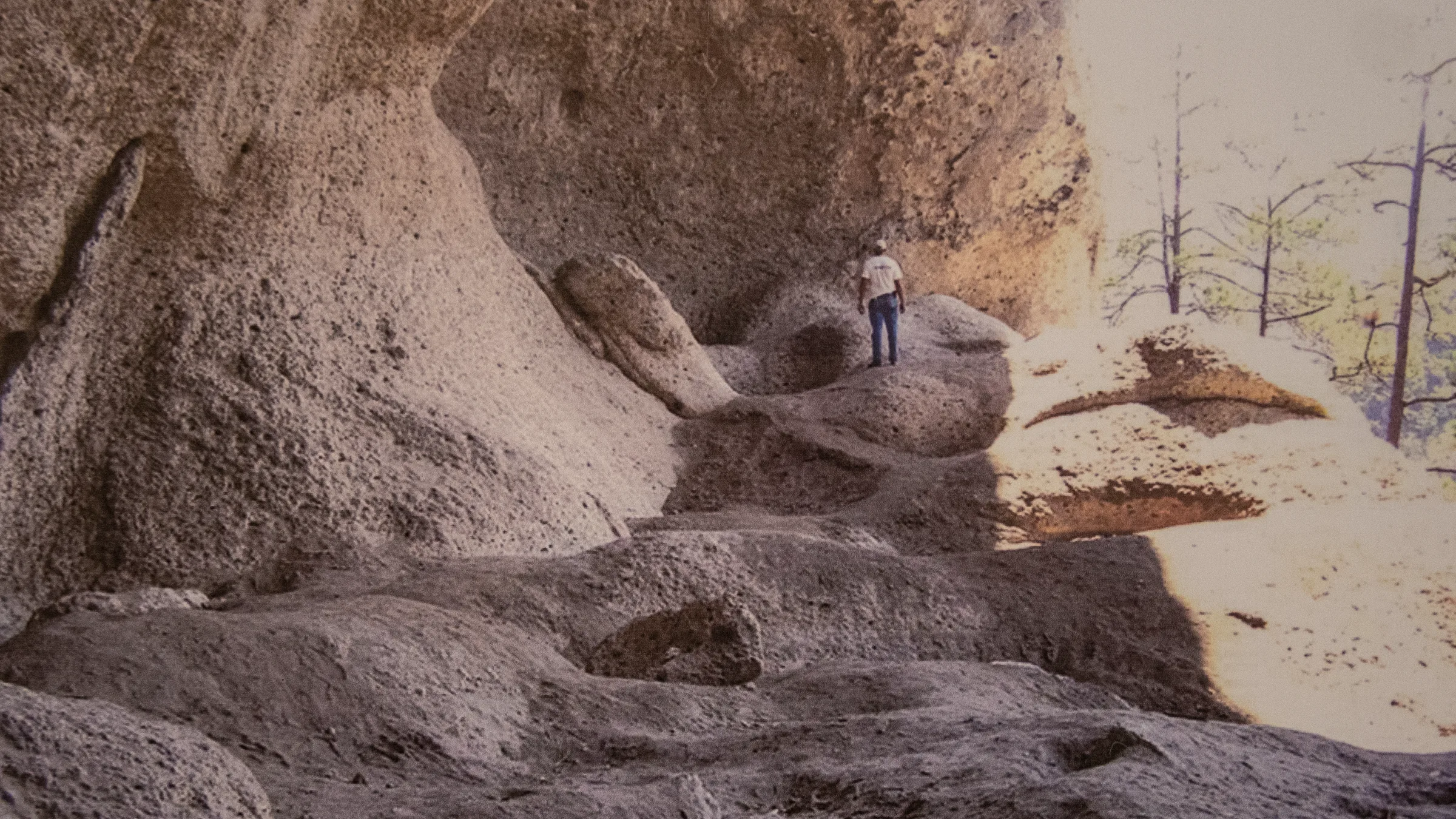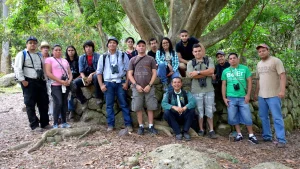The Giant’s Cave

Located in the southeast of the country, it was discovered for science in the early 1990s by archaeologist George Hassemann, then head of the Archeology Section of the Institute of Anthropology and History (IHAH).

The cave is actually a shelter of enormous proportions, drilled into the volcanic rock of a small mountain. Due to its physical characteristics, the cave never receives rain, direct sun or strong wind, thus creating a dry and stable microclimate that has remained unchanged for thousands of years.
According to the studies carried out by E Scheffler, the cave served as a shelter for human groups from the archaic period (10,000 – 4,000 BC) and lasted until the formative period (1760 – 220 AD). The tests carried out by the researchers showed an antiquity that dates back to the year 9480 BC, this date makes it the first record of the presence of man in Honduras.
Scheffler carried out surface surveys and excavations, showing that the refuge had been used over thousands of years by groups of hunters, gatherers who very slowly developed primitive pre-agricultural models.
According to Scheffler, these early Hondurans were not Clovis-style hunters, who chased mammoths to bring them from long distances, it is more likely that they hunted the animals they had on hand (deer, possibly) and that they made abundant collections from the local environment.
The excavations reported a large amount of samples of plum, maguey, avocado, beans and fruit trees, all of them together with remains of armadillo, crabs and freshwater turtles. These foods together with the domestication of corn, much later, were the basis of food for thousands of years for the people of the Giant.




